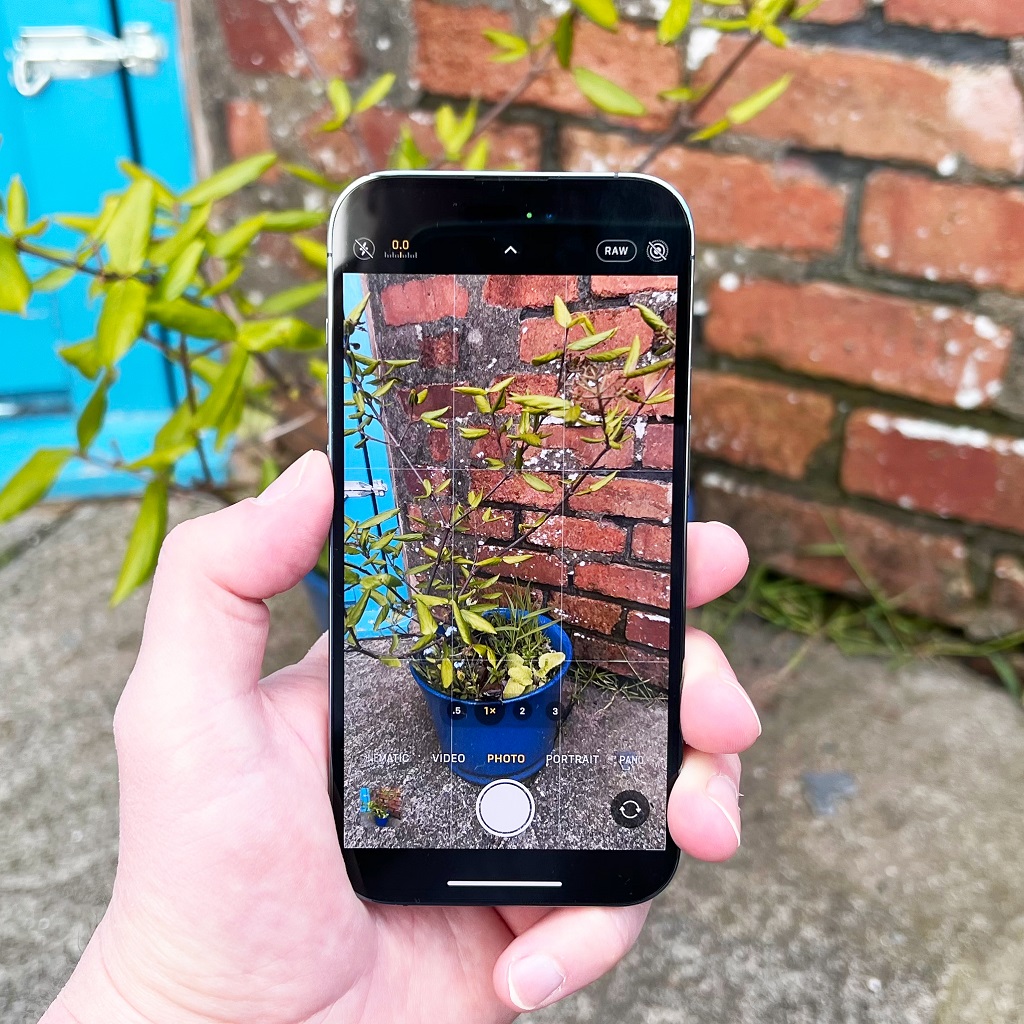For many gardeners, the ability to identify plants is a captivating skill, opening up a deeper appreciation for the natural world and helping to understand the needs of specific plants. While formal botanical identification can be complex, even basic observational skills can help you decode nature’s clues.
Here are some key characteristics to observe when trying to identify an unknown plant:
- Overall Growth Habit (Form):
- Is it a tree, shrub, vine, groundcover, or herbaceous perennial/annual?
- Does it grow upright, spreading, weeping, or clumping?
- Leaves: Often the most distinctive feature.
- Arrangement: Are leaves opposite (directly across from each other), alternate (staggered), or whorled (three or more leaves at a single node)?
- Shape: Are they oval, round, heart-shaped, lance-shaped, lobed, or needle-like?
- Margin (Edge): Is the edge smooth (entire), toothed (serrated), or lobed?
- Venation: How are the veins arranged? (e.g., parallel, palmate, pinnate).
- Texture: Is it smooth, hairy, waxy, or prickly?
- Color: Beyond green, note any variegation, undersides, or seasonal changes.
- Flowers: If present, they are incredibly helpful.
- Color: What color are the petals?
- Shape: Are they bell-shaped, trumpet-shaped, disc-shaped, or irregular?
- Number of Petals: How many? (often indicative of plant family).
- Arrangement: Are they solitary, in clusters (spikes, umbels, panicles)?
- Bloom Time: When does it flower? (spring, summer, fall).
- Fruits or Seeds:
- What do they look like? (berries, pods, cones, nuts, capsules).
- What color are they when ripe?
- How are they arranged on the plant?
- Bark and Stems: (Especially for trees and shrubs)
- What is the texture (smooth, rough, peeling, furrowed)?
- What color is it?
- Are there thorns, prickles, or lenticels (small pores)?
- Scent: Crush a leaf or rub bark. Does it have a distinctive aroma (e.g., minty, piney, spicy, acrid)?
Modern Tools:
- Plant Identification Apps: Many smartphone apps (e.g., PictureThis, iNaturalist, Google Lens) can identify plants from photos. While not always perfect, they offer a great starting point.
- Online Databases: Websites for botanical gardens or university extension offices often have searchable plant databases specific to your region.
- Local Experts: Don’t hesitate to take a photo or a sample (if allowed) to your local nursery, garden center, or extension office.
By systematically observing these characteristics, you’ll develop a keen eye for botanical details and steadily build your plant identification prowess, enriching your gardening journey.

Leave a Reply